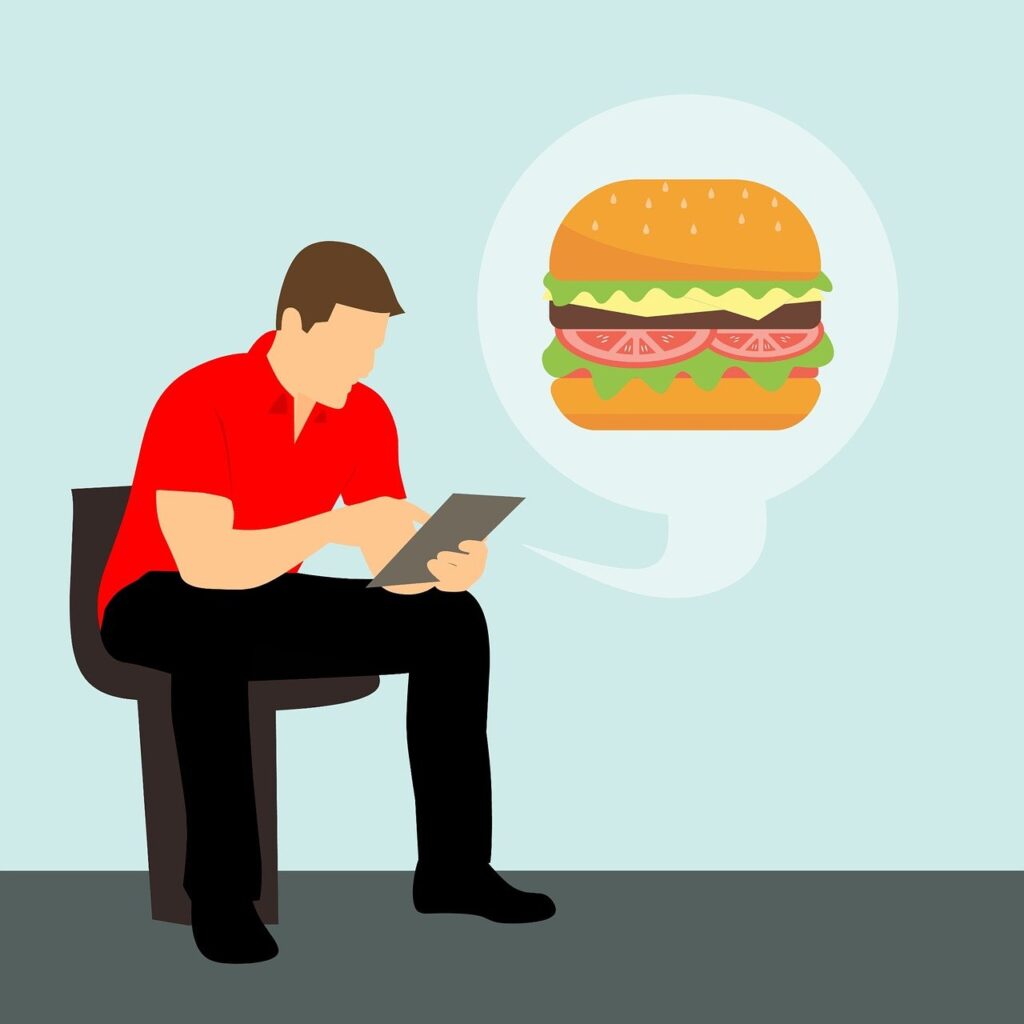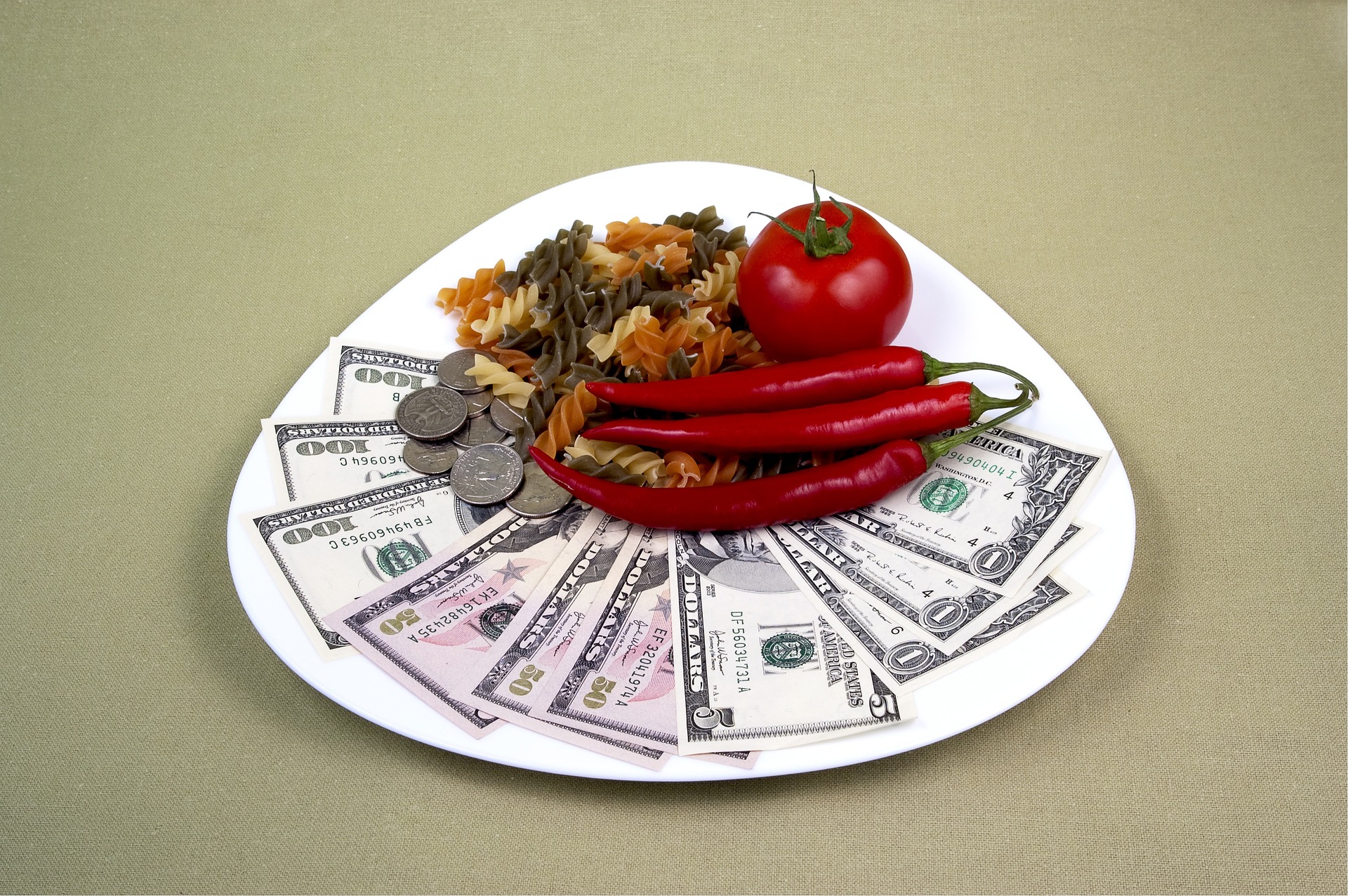During the pandemic, the restaurants that have outperformed and flourished have been the ones able to get their products to consumers outside the traditional dine-in model. Carryout, drive-thru, outdoor seating, grocery/pantry sales and delivery have allowed these restaurants to operate successfully even during total lockdown.
With months of winter ahead, restaurant operators will be forced to strengthen their commitment to alternative models to stay afloat. One model used for years by pizzerias, Chinese restaurants and sandwich shops is delivery.
This common practice is easy to implement by either hiring delivery drivers or using a third-party provider.
What are the benefits of each?
If your restaurant is in a medium to large city, you could take advantage of a third-party delivery system, or aggregator. With this system, you only need to make the food and give it to a driver. Customers order food from restaurants listed on aggregator apps and websites that use contract drivers to make the deliveries using their own transportation. These aggregator services earn money through restaurant commissions, delivery fees or both. The benefit is the restaurant has to do very little to get its food into the hands of consumers. The drawbacks are the high commissions and fees: On average, a restaurant can expect to pay 20 to 30 percent per order.
If you hiring your own delivery drivers, you have greater control over the delivery experience. The drivers work for you and only you. They represent your restaurant. They can be trained as you like and cross-trained to work in all other areas of your operation. The best delivery drivers are not just drivers; they are fully trained in all areas and can help when needed with food prep, cleaning and customer service. It is easy to train current workers to become delivery drivers. Unlike the third-party options, you capture the entire sale. Also, the probability for errors is lower, but if errors do occur, communication with an in-house delivery driver is simple and errors are easier to fix.
Both options are fitting for certain restaurants, depending on the circumstances. If you would like more help deciding which option works for you, register for our confidential, no-cost consulting.

